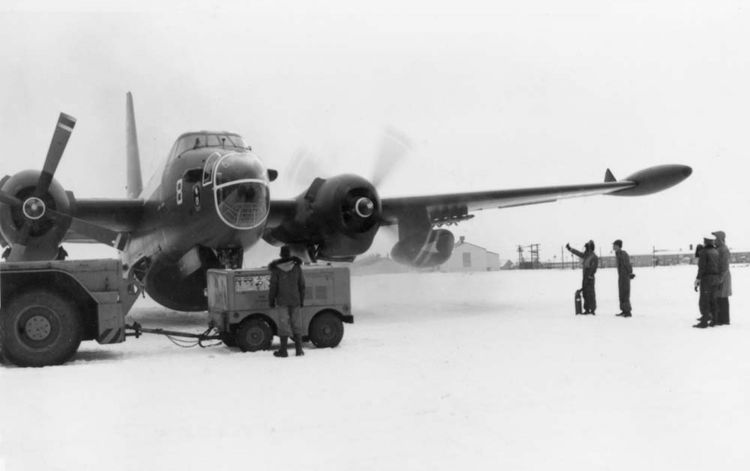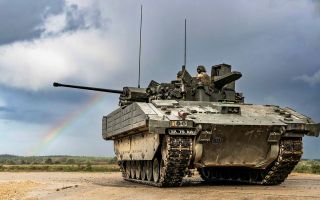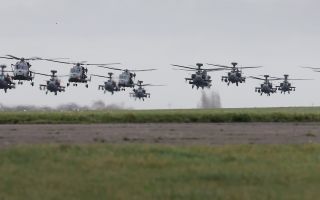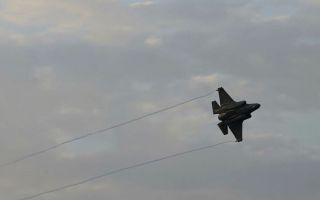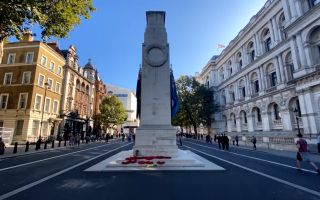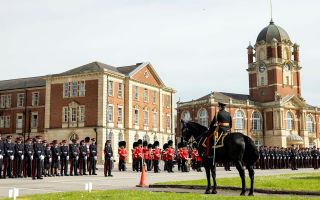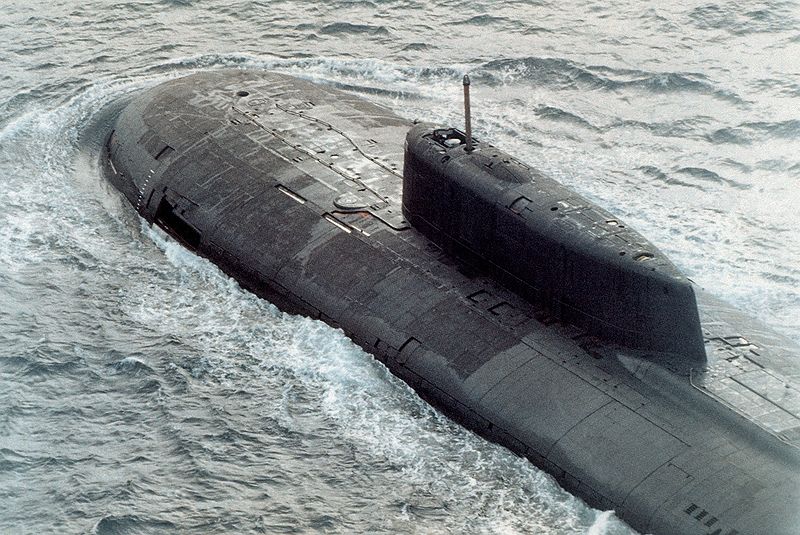
Tri-Service
Keflavik: Submarine Hunting Base To Reopen

As the Second World War engulfed Europe the United States turned to the North Atlantic to build a new airbase for their bombers, and to act as a staging post for equipment, personnel and supplies.
Situated on Iceland's remote western Reykjanes penninsula, Keflavik was only ever intended to be a temporary airfield - the Cold War changed all that.
In 1951 it became one of NATO's most important assets as the Icelandic government signed a defence deal with the United States to protect it from the Soviet threat.
For 55 years its three runways, some stretching 3000 metres and long enough to land the Space Shuttle, played host to Fighter Interceptor Squadrons and Anti-Submarine Warfare aircraft.
Naval Air Squadron Keflavik became something of a 'Little America' - the restricted access airfield operating 24 hours a day, 365 days a year and staffed by thousands of US service personnel and their families.
By 2006 however the US decided to substantially reduce the size of the Iceland Defence Force and Keflavik was converted to civilian use. In the decade that has followed however it's not been uncommon for airline passengers to glimpse NATO war planes and support aircraft periodically using the airfield.
Now though the US government is looking to reopen parts of the former military base, to once again hunt for Russian submarines.
The US Navy is asking for funding to upgrade aircraft hangers in order to house P-8 Poseidon maritime patrol aircraft, of which the MoD is purchasing nine, negating the current need to fly them up all the way from Sicily to patrol the frigid waters Greenland, Iceland and the UK.
It marks a major shift in US Defence policy, driven by the fact that Russian submarines are known to be patrolling the North Atlantic with a frequency not seen for two decades. Incidents reminiscent of the Cold War have seen suspected Russian boats surfacing off the British coast as well as close to the shore in Norway and Finland.
More from Forces.tv: Russian Submarine Spotted Off The Scottish Coast
